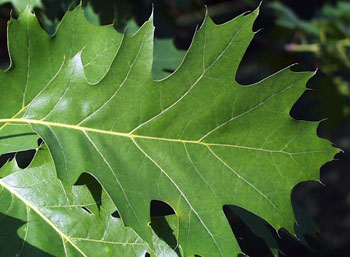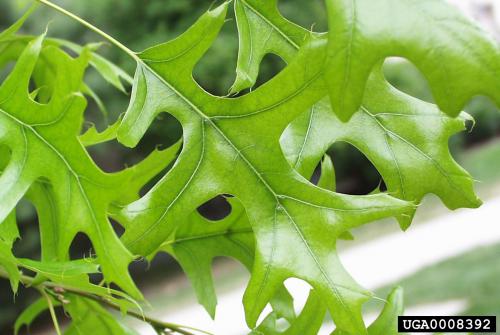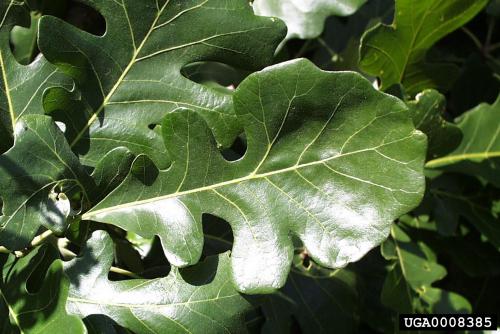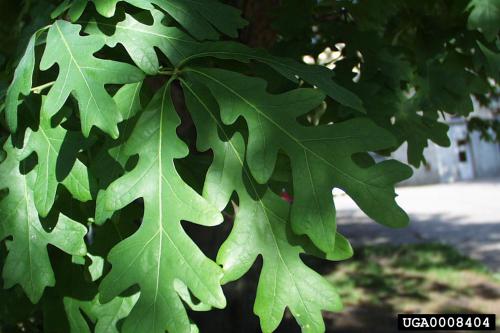Stop pruning oak trees now to avoid oak wilt
Avoid infecting valuable oak trees with the lethal oak wilt disease by not pruning during the growing season.

Oak wilt, caused by the fungus Ceratocystic fagacearum, is a lethal disease of oaks and has been detected in 56 counties in Michigan. One way oak wilt spreads is through disease spores carried on the bodies of sap beetles as they feed from tree to tree. These sap beetles are attracted to fresh wounds. With warmer weather, oak buds are swelling, signaling the activity of the fungus causing oak wilt and the sap beetles that transmit this deadly disease. All that’s missing now is fresh wounds in oak trees.
Homeowners can reduce the risk of oak wilt infections by not pruning or otherwise injuring oaks after April 15. While high risk of infection decreases to lower risk after mid-July, it’s prudent to simply avoid pruning oak trees from just prior to bud break to leaf drop. This means April to November.
What if I need to prune my oak tree during the growing season?
Trees that must be pruned now, for reasons of storm damage or otherwise, should be immediately treated with a tree wound dressing or latex-based paint to seal the wound. It is very important that the fresh wounds be treated immediately because the insects that carry spores of the pathogen are often attracted to these wounds within a very short time. Tree paints are normally not recommended for general use, but using these products in this situation can protect trees from oak wilt.
If whole trees are removed during the critical period, the stumps should also be treated with tree paint.
What trees can succumb to oak wilt?
Oaks in the red oak group – black, northern red, northern pin and others with pointed leaf edges – are most easily infected by this disease. Oaks in the white oak group – white, swamp white, bur and others with rounded leaf edges) are less susceptible.


Northern red oak (top) and pin oak (bottom) are examples of oaks in the red oak group. Photo credit: Paul Wray, Iowa State University, Bugwood.org


Bur oak (top) and white oak (bottom) are examples of oaks in the white oak group. Photo credit: Paul Wray, Iowa State University, Bugwood.org
MSU Research
MSU Department of Plant, Soil, and Microbial Sciences, and Department of Forestry’s Monique Sakalidis and her collaborators, including Deb McCullough, Bert Cregg and Jan Byrne were recently awarded a grant to learn more about oak wilt in Michigan. The grant focuses on refining Michigan-specific oak wilt control measures. They will study the epidemiology, biology and population genetics of oak wilt as well as determine high-risk periods when insects are most likely to introduce the oak wilt fungus into trees.
Want more information?
For more information on the symptoms, life cycle, management and prevention of oak wilt disease, refer to the USDA Forest Service publication NA-FR-01-11, “How to Identify, Prevent and Control Oak Wilt” and Michigan State University Extension bulletin E-3169, “Oak Wilt in Michigan’s Forest Resource”.



 Print
Print Email
Email


